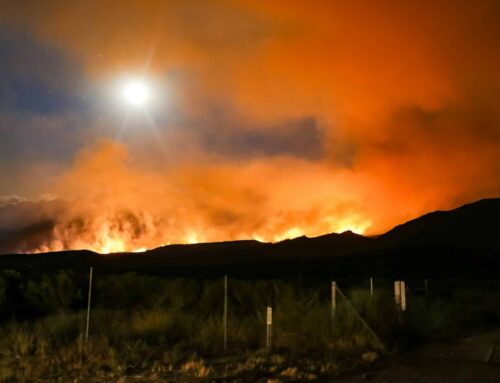In a new report released today, the Government Accountability Office recommends Congress limit the amount of loan guarantees issued by the Department of Energy (DOE) under the Loan Guarantee Program. The GAO report details several areas of concern within the DOE loan guarantee program that could put federal taxpayers at risk and suggests limiting the program until “adequate controls are put in place.”
“This is a classic case of a new government program trying to run before it has learned to stand on its own two feet,” commented Autumn Hanna, an energy analyst with Taxpayers for Common Sense. “This report makes clear that if the Loan Guarantee Program moves forward the Department of Energy will jeopardize billions of taxpayer dollars.”
The Department of Energy Loan Guarantee Program (LGP) was authorized under Title XVII of the Energy Policy Act of 2005 to distribute loan guarantees to innovative energy technologies. Last year, Congress included $38.5 billion for the program in the Omnibus, earmarking $20.5 billion for nuclear energy, $8 billion for coal projects and $10 billion for renewable and energy efficient systems. The program is intended to be self financed through a “subsidy cost” or fee charged to applicants to cover the expense of the loan guarantees, but many, including the GAO in earlier reports, have raised concerns with calculating such a fee. The program also guarantees up to 80% of the total project cost, which the Department of Energy Inspector General stated will expose taxpayers to significant risk.
Today’s report concludes, DOE is not capable of operating the loan guarantee program, given the agency’s current resources and management. In several instances, the report finds DOE has not implemented recommendations from an earlier analysis of the Loan Guarantee Program in 2007. In fact, DOE has made little progress on key elements that would make the program viable, such as developing criteria to review loan guarantee applicants or establishing a monitoring system to ensure the program’s effectiveness.
Based on the GAO’s analysis, DOE has been more concerned with soliciting applications than ensuring proper mechanisms are in place to protect taxpayers. If this program is to be self-paying as directed by Congress in the 2007 and 2008 appropriations bills, it is clear DOE must take some major steps to organize the program.











Get Social